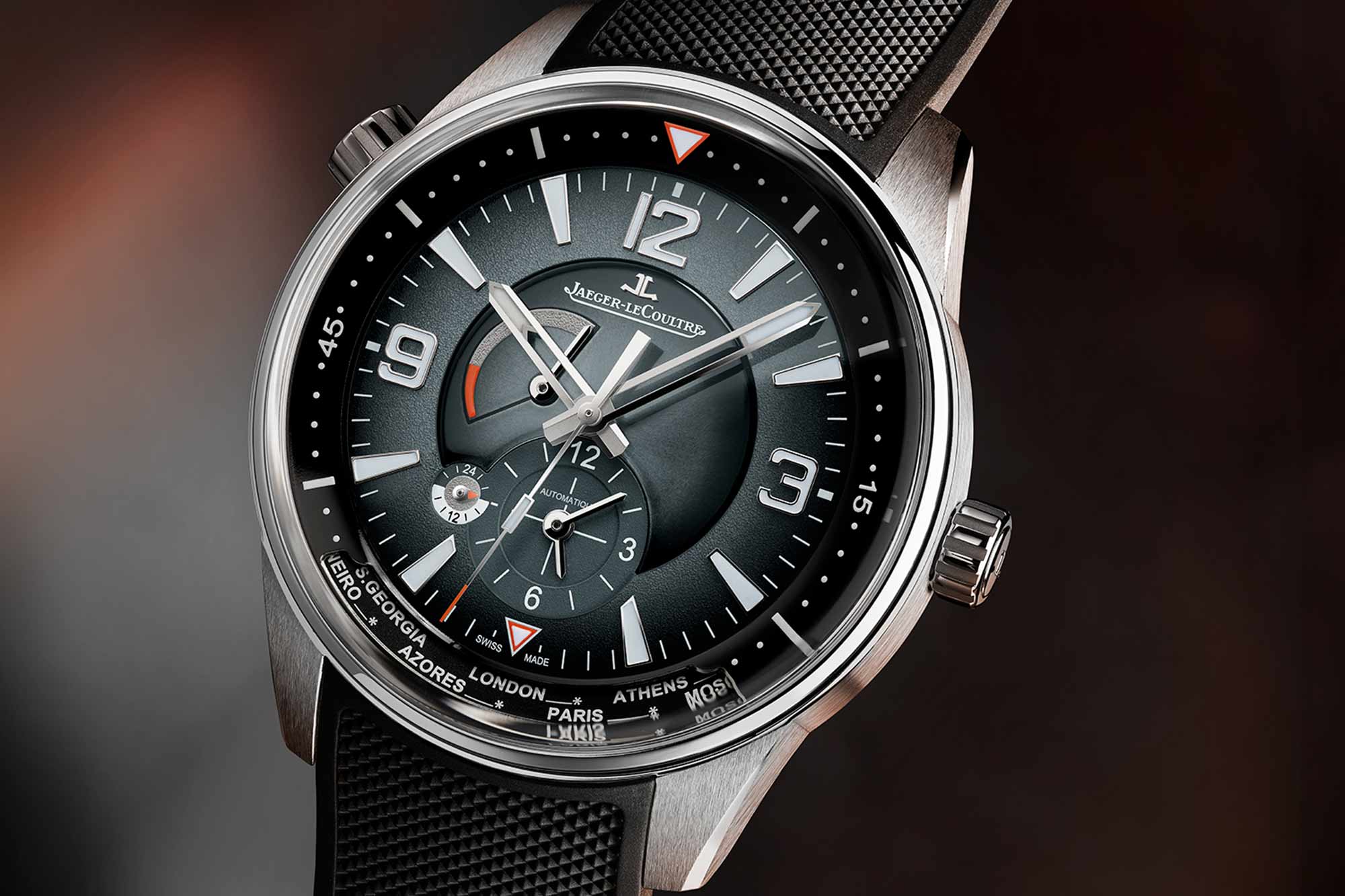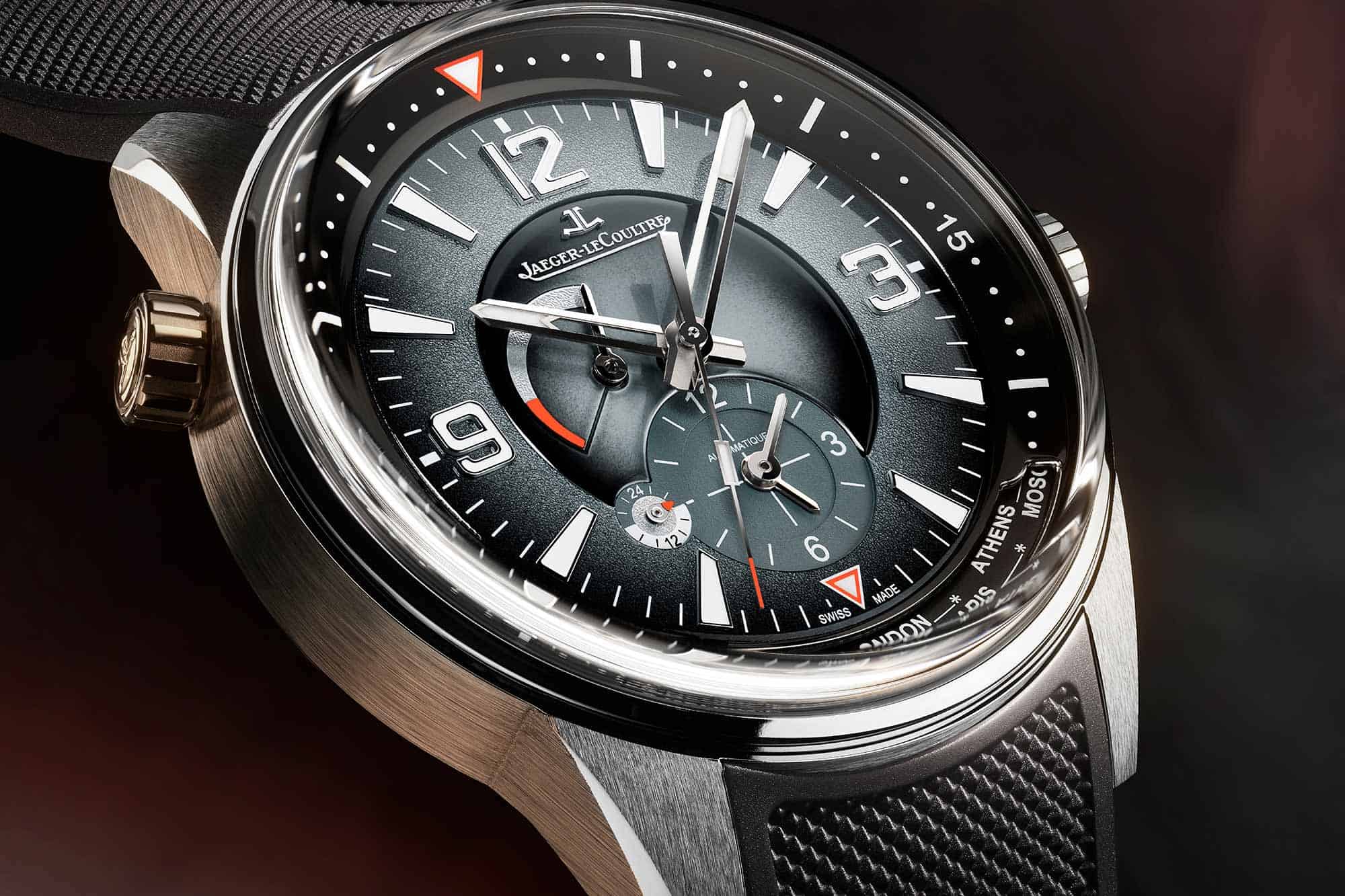There are few brands that the watch community collectively holds in higher esteem than Jaeger-LeCoultre. Think about the truly historic names in watchmaking and you’ll find vocal groups of detractors for just about every single one. But JLC is different, and always seems to be above the fray. The “watchmaker’s watchmaker” stuff is a clever bit of marketing, but it’s actually true, and keeps the brand both insulated from the watch world’s hot-take culture protected by legitimate ties to some of the most important watches ever made. But if there’s one thing, one very small thing that enthusiasts and collectors can poke at with Jaeger-LeCoultre, it’s their recent fumbling in the area of sports oriented watches.
Now, you might be saying to yourself that JLC just isn’t a “sports watch” brand, and that refined dress watches and expert technical watchmaking is their brand and butter. Of course that’s true, but JLC has made great sports watches in the past with innovative cases and movements by their own design made to be robust enough for nearly any activity. It’s a genre they’ve played in for decades. The Reverso, of course, now thought of as a dress piece, was originally conceived for polo players. If you do a Chrono24 search for Memovox references from the 1970s you’ll find no shortage of oversized, funky, cases. And of course we can’t forget the last great sports watch line Jaeger-LeCoultre had, the impressively overbuilt Master Compressor collection from the late 2000s and early 2010s. These were the first JLC watches I encountered on the internet as a burgeoning and curious watch person, before I actually was a watch person, and will always hold a special place in my memory.
And then there’s the Polaris, another historic sports watch collection from the JLC archives that is currently the one and only sporty collection in their catalog. The Polaris was revived in 2018 to a great deal of fanfare, but over the last several years the collection hasn’t caught fire with collectors, even in an environment where steel sports watches have been dominant in the market and the larger watch conversation. The reasons for this can be debated, but it likely falls to a perception that JLC is somehow out of their wheelhouse with a watch like this, an idea that could not be further from the truth.
To the brand’s credit, they’ve kept at it, releasing new Polaris variants here and there in a variety of colorways and complications. Some of them work better than others, of course, but they are all clearly tied to a design language that hasn’t changed much since 2018. Now, they’ve released what might be the most interesting Polaris yet, the Polaris Geographic.









 Featured Videos
Featured Videos













